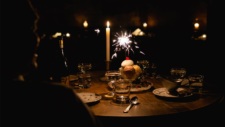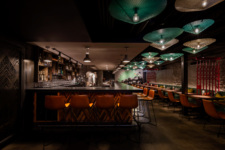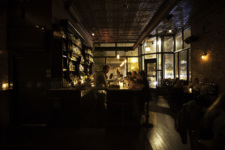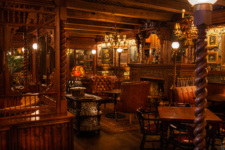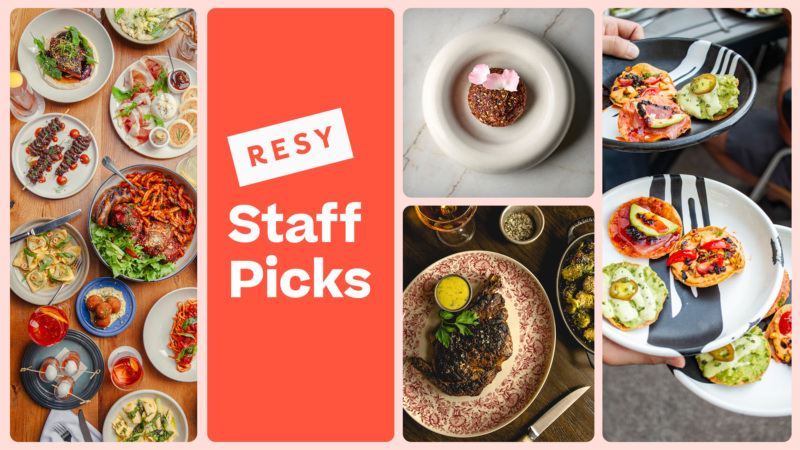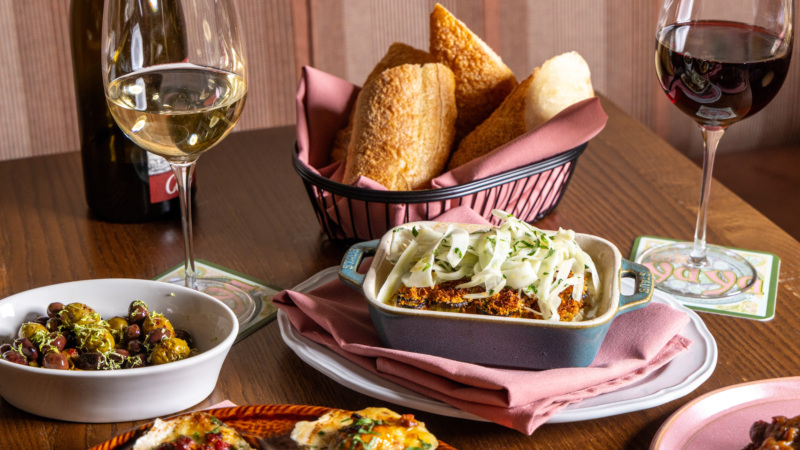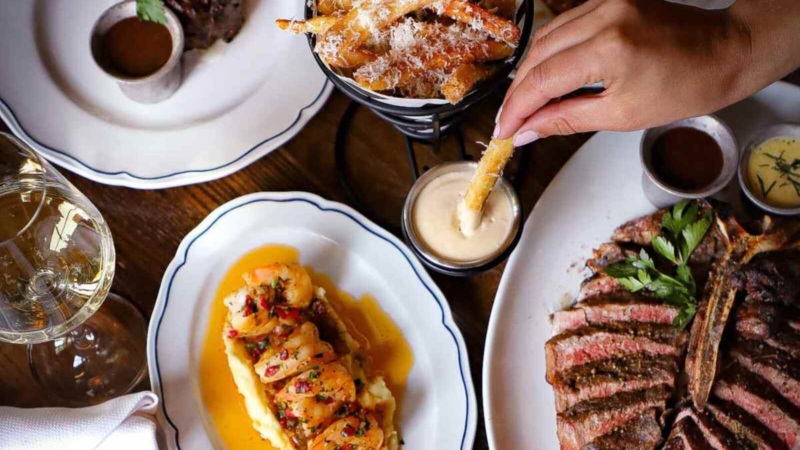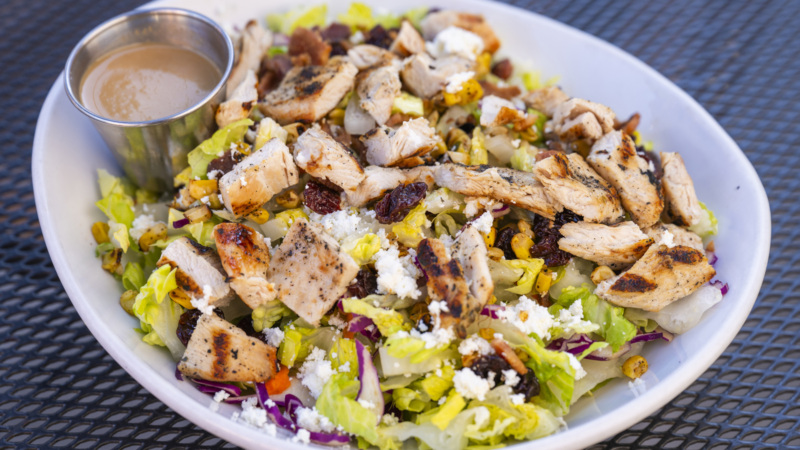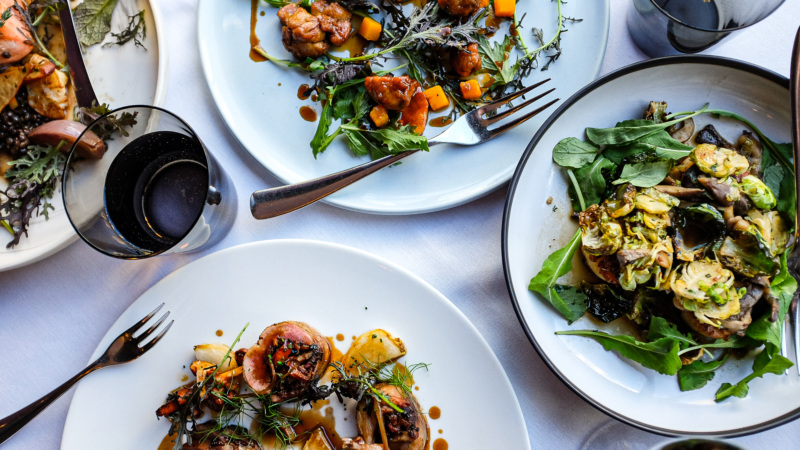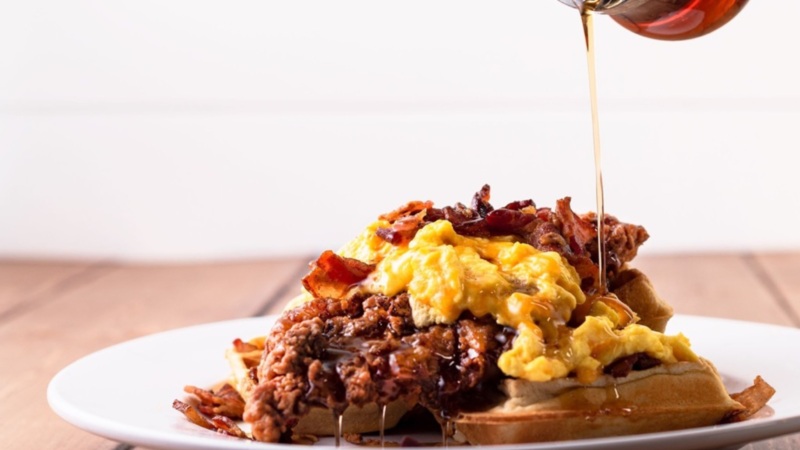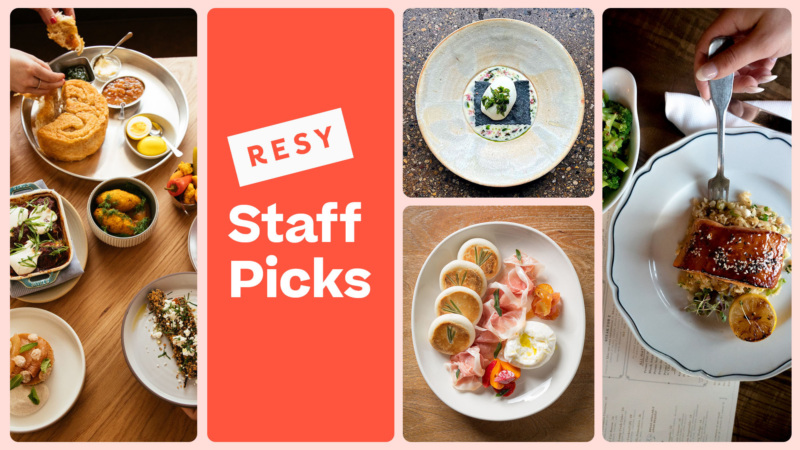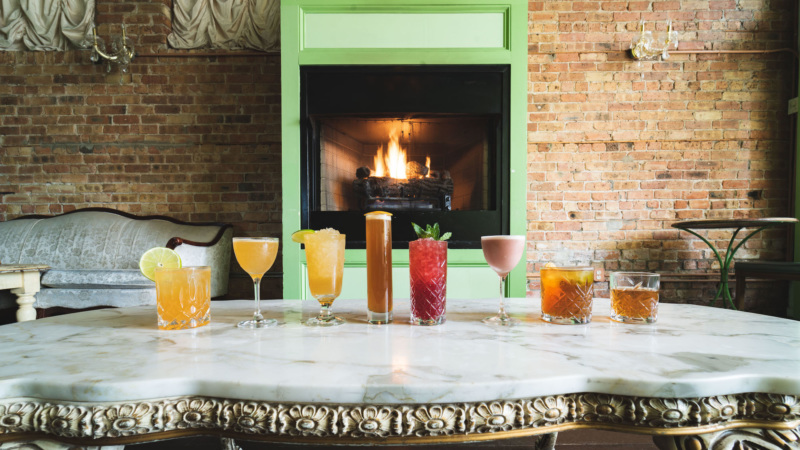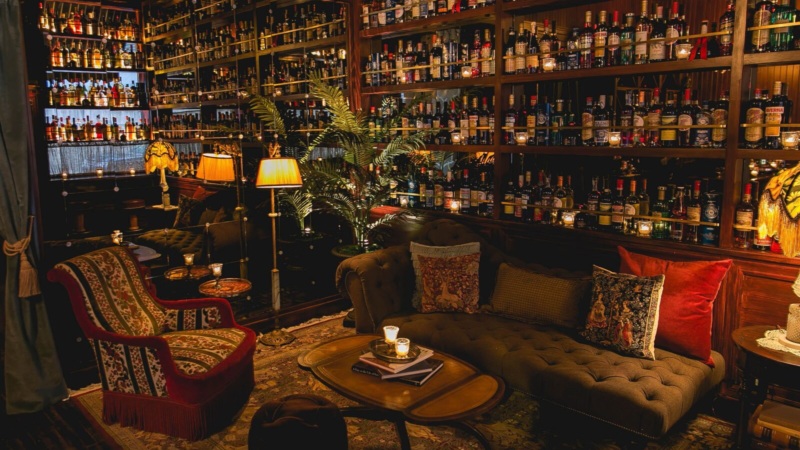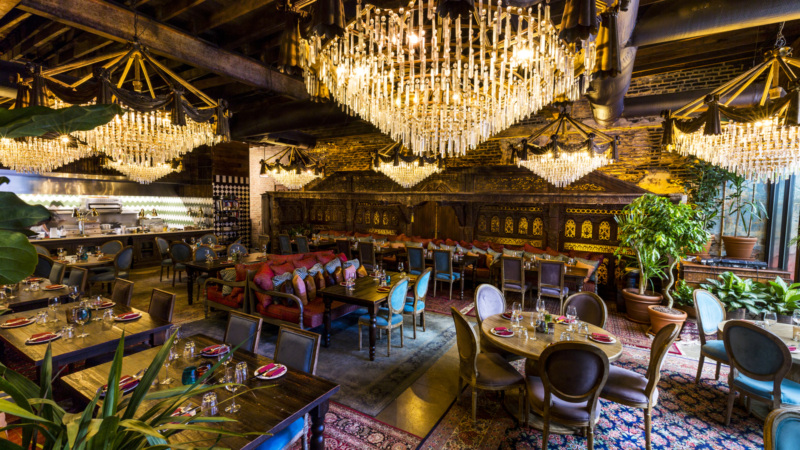
Everything You Need to Know About Milk Room, Chicago’s Favorite Speakeasy
Milk Room opened inside the Chicago Athletic Association in 2015, a tiny eight-seat wooden bar dimly lit by candles that feels like you’ve stepped back in time. The speakeasy trend was at its peak, with massive 18,000 square-foot spaces billing themselves as such, but Milk Room always managed to feel authentic, despite being located right off the lobby of a hotel.
Sam Parrie joined the team in 2018 and took over as bar manager in 2021. Under Parrie’s leadership, Milk Room has been recognized as one of the 50 Best Bars in North America last year and as one of the best hotel bars in the country at Tales of the Cocktail’s 2024 Spirited Awards. We chatted with Parrie about the bar’s signature cocktails, its enduring appeal, and, most importantly, how to get in.
MORE FROM RESY
Resy: What does it mean to be a speakeasy in the 21st century?
Sam Parrie: I think people come here seeking an intimate, exclusive experience. They like the novelty of an underground, hard-to-find place. Milk Room was actually a speakeasy during Prohibition so we try to harken back to the old times – you’re in this quiet room and we’re whisper-talking, having intimate conversations. Maybe somebody’s talking politics in one corner and somebody else is on their honeymoon.
Milk Room looks like a cool old dungeon but it’s hard to place the date. The building was constructed in the 1890s so some of the tiling is original from that time and has been restored. The bar is original too, though we don’t quite have a date on it. They discovered the room when they were doing renovations for the hotel and it was decaying. I would suspect the bar is from the 1930s or so.
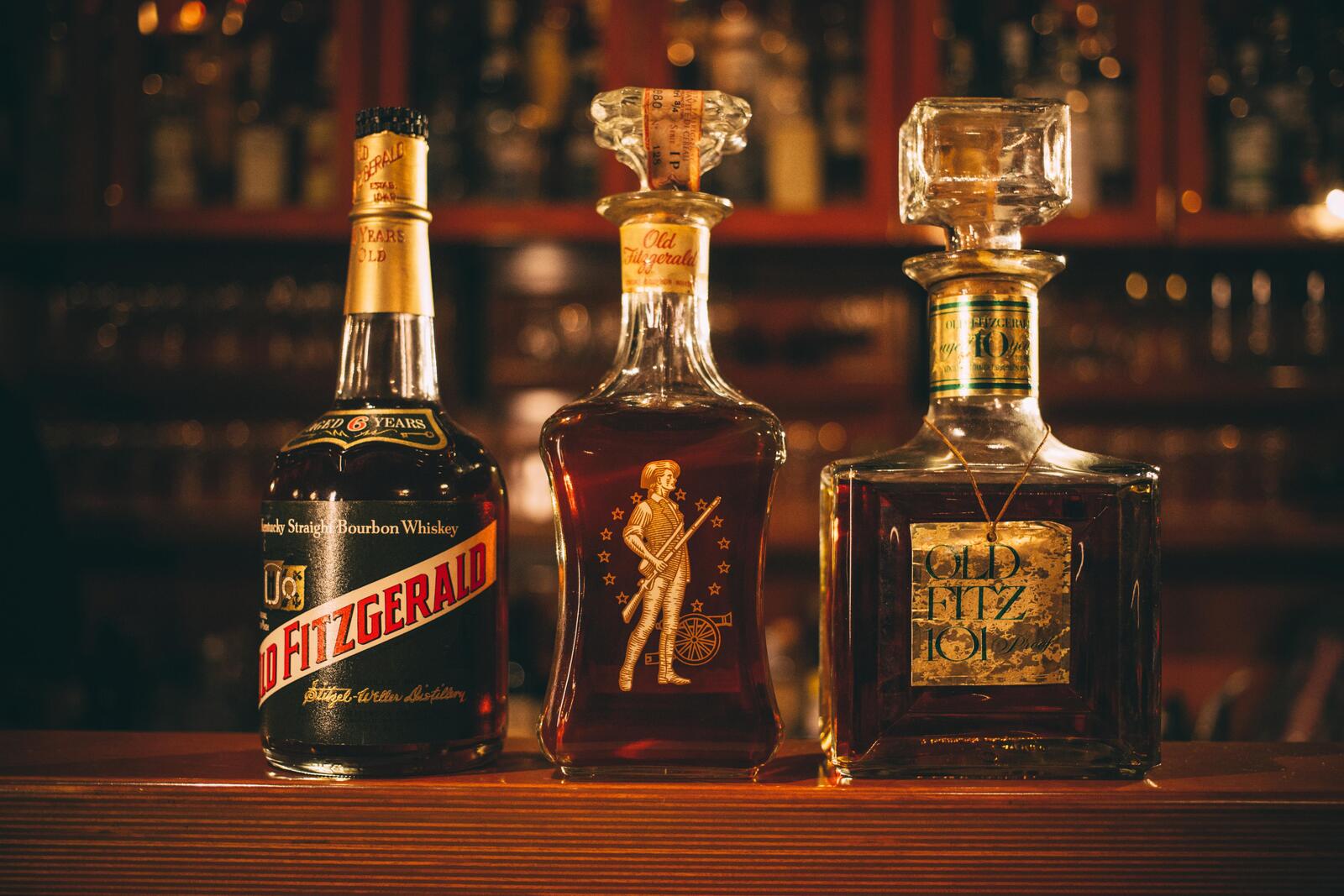
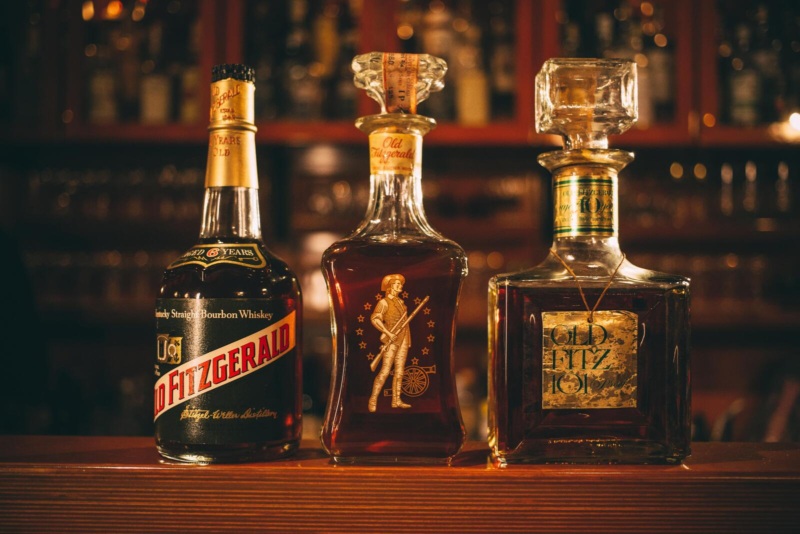
What kind of experience do you aim to create for guests?
We try to push people to get out of their comfort zone a little bit while still being approachable. Hospitality is really important to me. Milk Room can be a little intimidating and I get that. We’re offering stuff that’s typically inaccessible to most people. We’re talking bottles that you just cannot find, and if you do find them, you’re paying secondary market prices, which can be astronomical. With that can come an air of pretension, but I’m really against that.
We’re excited to bring to the table stuff that you couldn’t otherwise taste and we offer smaller pours. We try to make it accessible and a lot of it is really educational as well. My favorite guests are the ones who might normally drink a vodka soda, but they want to learn. It’s really fun. My team is really focused on making sure you have a great time. Even if you just want a really cool vodka soda, I’m going to give you a vodka you’ve probably never heard of before.
How much can guests expect to spend?
Our cocktails average $35 to $50 a cocktail. I’m really open to talking about budget with guests too. Everybody has a different thing going on, so I work with people, I really do. Our well items come at a really great price point, and average $25 for two ounces, so you can come in and get a pour of Elijah Craig barrel proof. You don’t have to commit to a full two ounces either. You can order just a half ounce of something if you want to try the Pappy Van Winkle. If you just want to be in the space and have $30 to spend, I’ll make it work and you can have an entire evening.
How do you source your rare liquors?
We have great relationships with our distributors and because of the nature of the space and the nature of the second floor, we’re very much working in tandem with the rest of the hotel. Milk Room would be a hard concept to sustain on its own. We have a symbiotic relationship with Game Room and Cherry Circle Room. In those spaces we can carry and sell a lot of the vodka the distributor needs us to sell, and then maybe then they’ll give us this rare Calvados. It’s a lot of chess playing, and our distributors are excited to bring in cool stuff that they don’t normally get to sell. And that means that I get to put this $300 Armagnac in an Old Fashioned and it’s amazing.

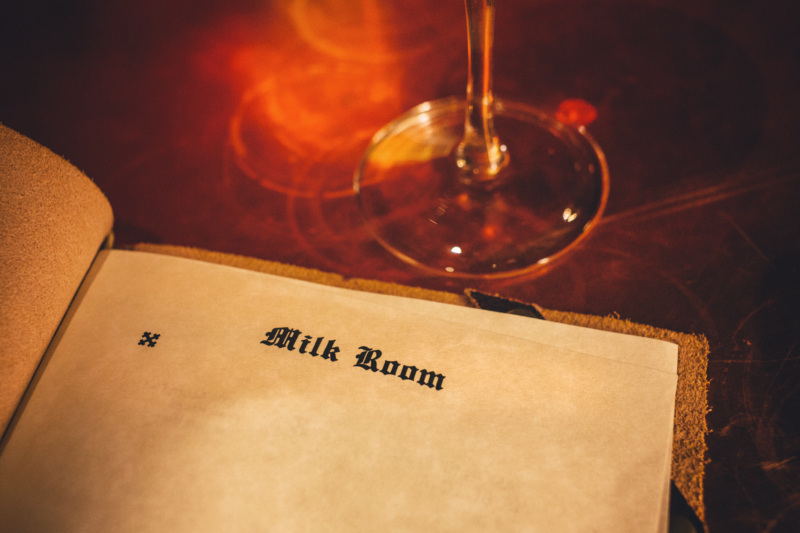
And how do you approach creating cocktails with such rare spirits?
We focus on centering the spirit in cocktails. A lot of times that might mean that we are using a cask strength whisky or brandy, but we are really seeking out stuff that has bigger, fuller body so when we add a little dilution to it, it still shines through. When we work with delicate spirits, we workshop the heck out of the cocktails. But that comes with a price since we are workshopping with ingredients that we have a limited amount of. Especially when you’re offering cocktails at this price point, you really want to taste the nuances and complexity of the spirit.
Our drinks are on the stronger side, but I urge my guests to sit with them and take their time. The initial sip might be a big pop of booze, but as it softens up and sits on the ice cub to soften and dilute, you’ll start to taste the layers of flavor.
How often do you change the menu?
I’ve been in the room for a while now and we’ve done menu changes differently throughout the years, but for the most part we do have to change it sort of piecemeal. For example, I might have a cocktail featuring a vintage Beefeater from the 1970s, and I may only have a few bottles of that. By the time I run through the gin, you can’t just substitute it, so we have to 86 it. We have a little “gone but not forgotten” stamp that you’ll see on the menu. I like having the stamp instead of just reprinting the menu, because you get a glimpse into the items that we had been carrying. You get a little tease. And that’s just the nature of working with hard-to-get spirits. I do try to do seasonal menu flips as well.
Is there a place for N/A cocktails on your menu?
I believe inclusivity and accessibility are really important – so yes. We don’t feature any N/A spirits, but our N/A drinks are based off of cool teas we’re finding, small producers of shrubs, and fun ingredients that we’re playing with. Our N/A program takes a bit more of a culinary approach, and I have a little mini-menu comprising three cocktails. One is reminiscent of an Old Fashioned, to scratch that itch. A slow sipper with dark, complicated flavors. Then I have a zippy and refreshing tart cocktail with verjus, fresh grapefruit juice, and calamansi vinegar; and finally a sweet drink that I made when I was craving strawberry Lifesavers. So you can kind of bounce around your tasting palate.
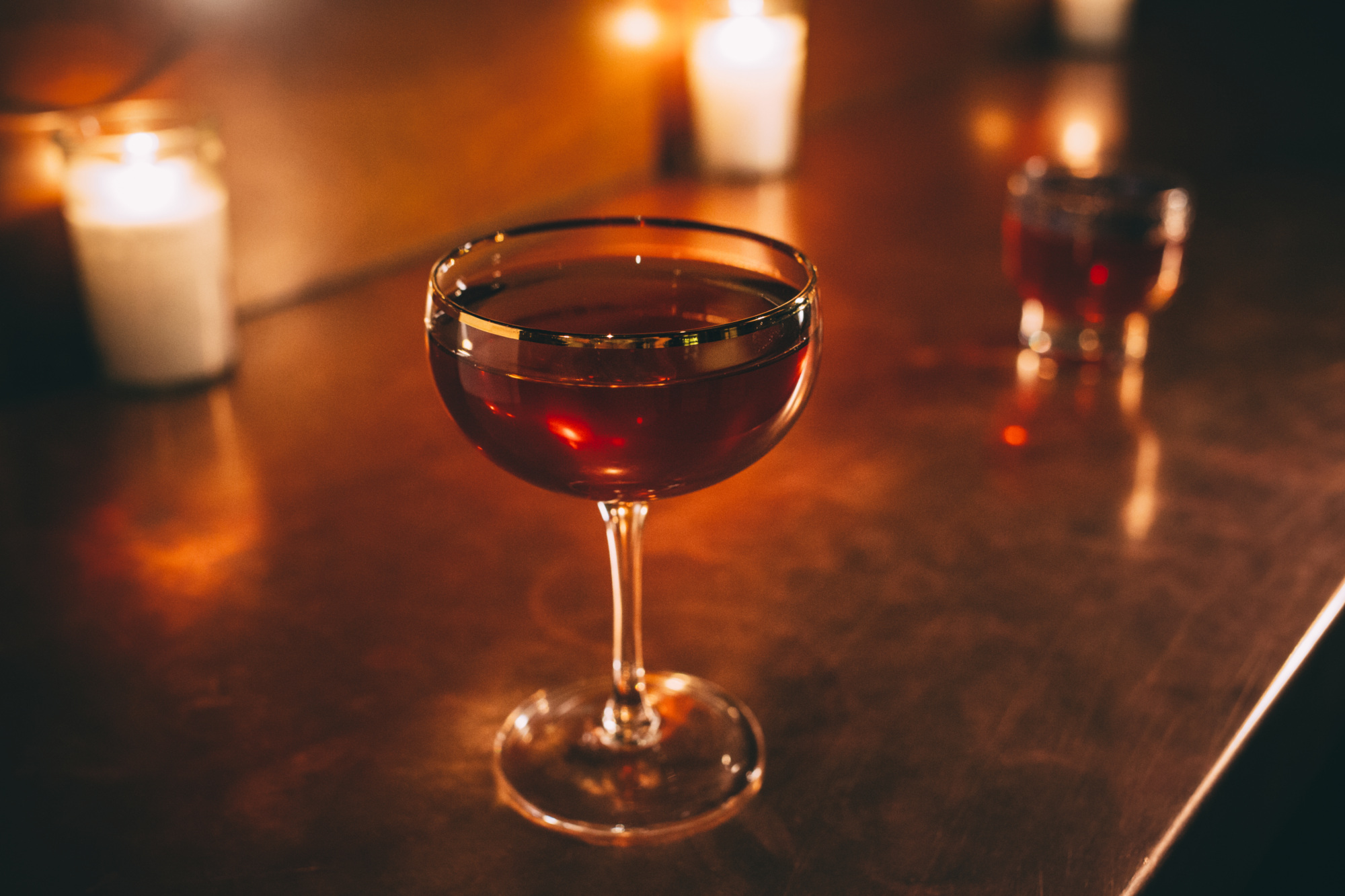

What tips do you have for guests to score a coveted reservation?
The easiest way is just to walk by and ask the host if you’re having a hard time booking online. People have to cancel last minute all the time. It’s a tiny little bar and things happen. Almost every night there’s something available, it just might be at a random time. But it’s worth the trek because the entire hotel has something to offer. If you want to shoot your shot, things open up, and if for some reason Milk Room is not available, you have Cherry Circle Room just down the way that’s beautiful. We typically bounce guests between the two spaces. And you have Game Room and Drawing Room right there. Sometimes if you come back in an hour you can get a seat.
It’s so cozy that people do just want to sit and hang out. With the nature of the space, and with stronger drinks, we have reservation time slots set for two hours max to be able to accommodate more people.
How does executive chef Mari Katsumura’s food pair with your drinks?
As a bartender, I want to make less decisions when I go out. I might not be craving something specific, but I want something really explosively delicious. We have a small food menu but often guests will come here before or after dinner, whether that’s at Cherry Circle Room or elsewhere.
I have reservations spaced out enough that we can have conversations. If you want a nice food pairing, we can tailor an experience for you and dip into omakase territory. We have these nori cones with tuna tartare, chicken liver mousse, or truffle egg salad, little composed bites and it’s nice to have a small sip of something with these. If you order these, we’ll pour you a little splash of sherry. We’re thinking of bringing in some mignardise as a dessert drink pairing, like tarts and truffles. It’s been hard to push out a pairing menu, but Chef and I have been talking about getting some stuff together.
What trends are you seeing in Chicago’s drinking scene?
I think people are easing more into health and wellness and we have to be honest here, people are not drinking as much in the same way as they used to. People are seeking out more thoughtfully sourced spirits and ingredients. If they’re going to go sit down and have a cocktail, people want to understand and educate themselves more about what they’re imbibing. I’m seeing that a lot more outside of Milk Room, too. People want to know more about what they are consuming. Are there weird additives? Is it being made sustainably? Are the people making it being treated well? We care about all of that and more.
Amber Gibson is a Chicago-based journalist specializing in travel, food, and wine. Her work has appeared in Departures, Food & Wine, Saveur, Bon Appétit, and Travel + Leisure. Follow her here; follow Resy, too.
